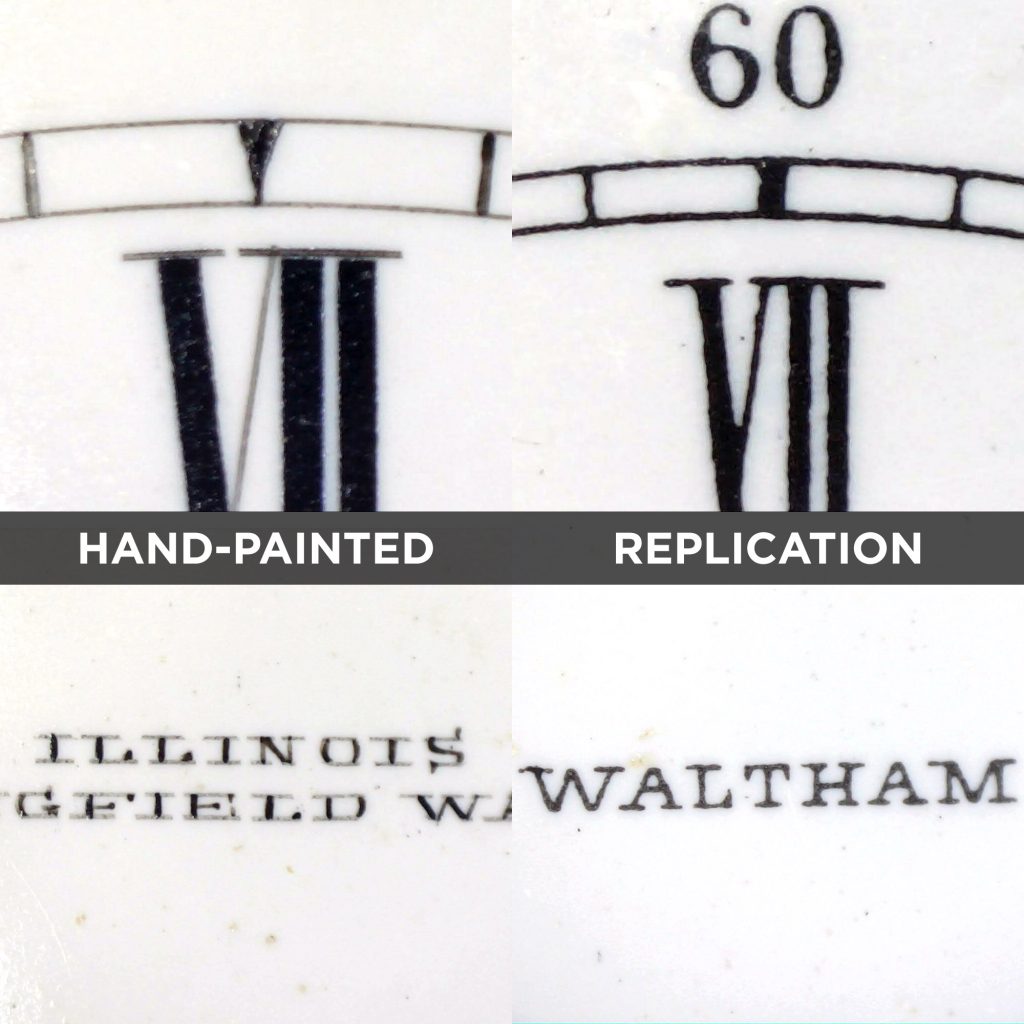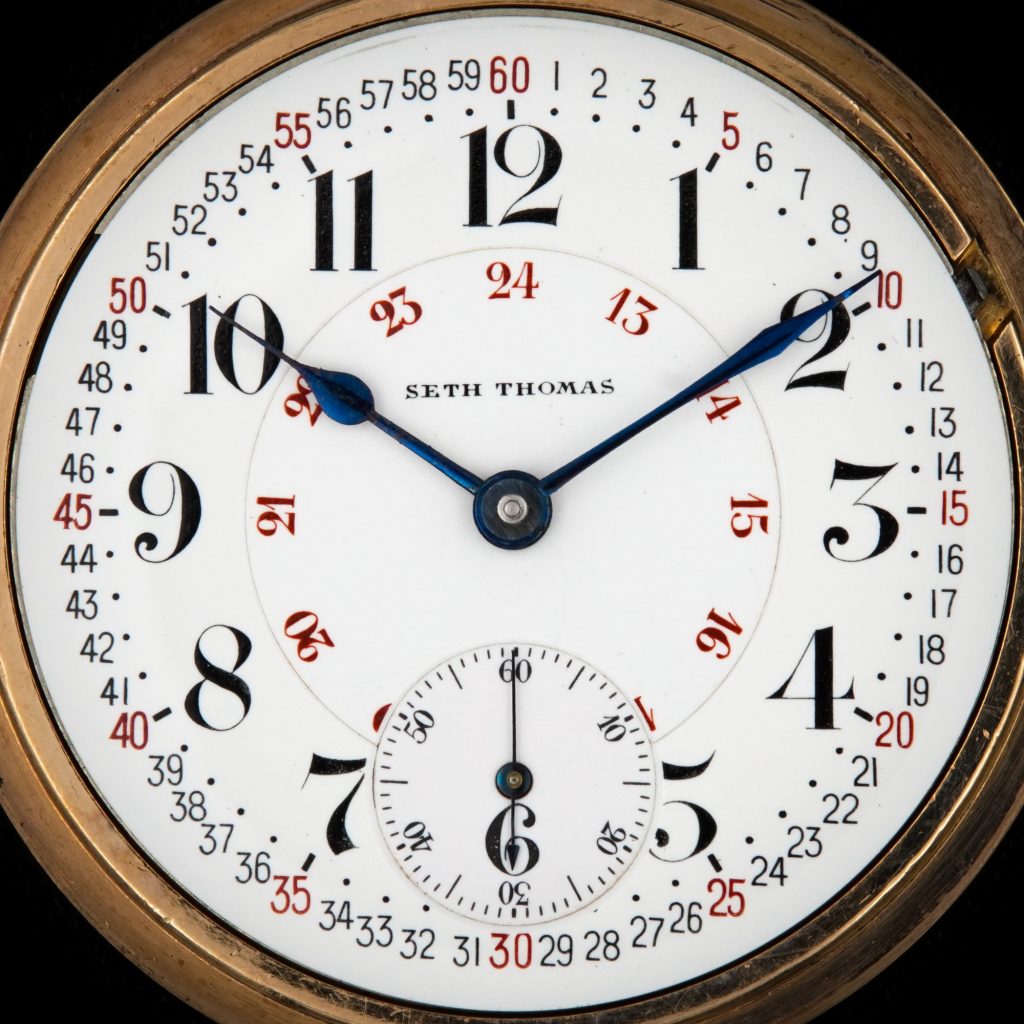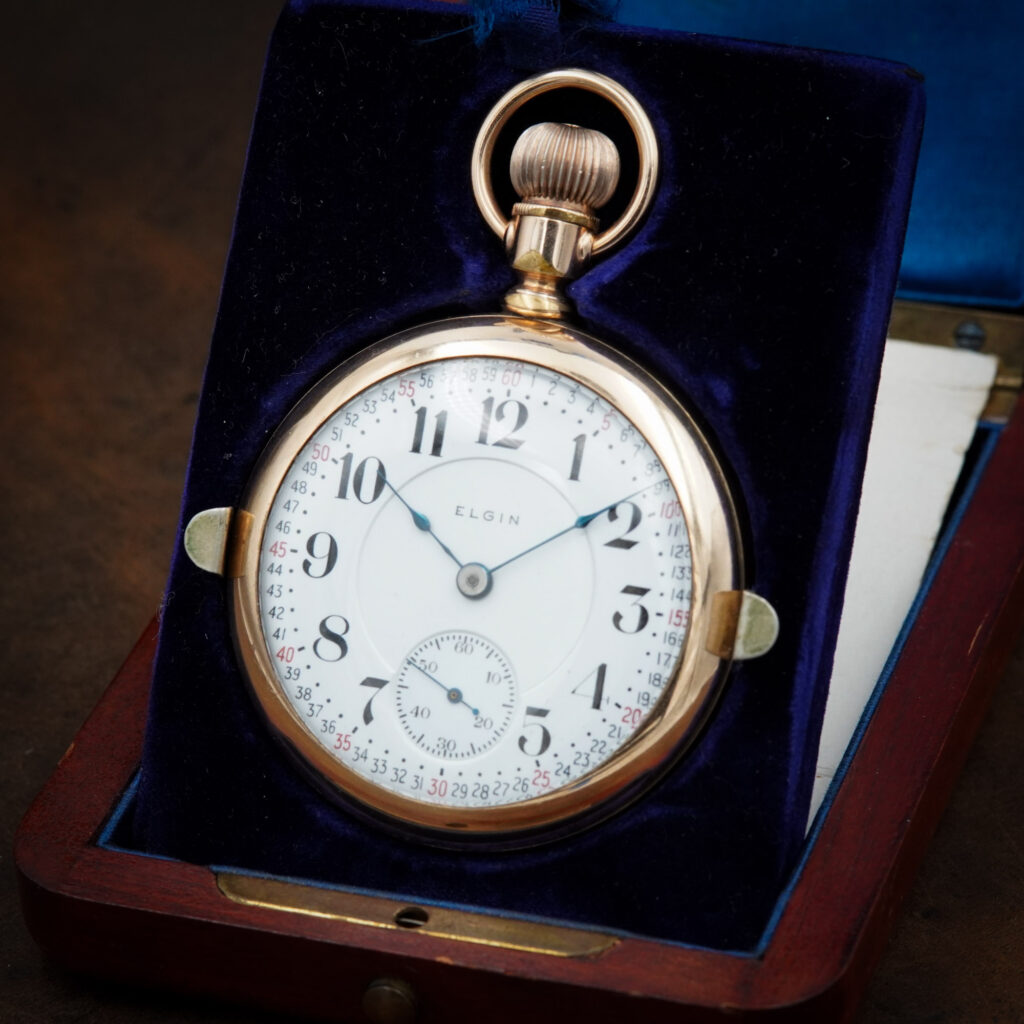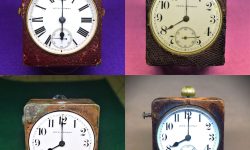How to Distinguish a Hand-Painted Dial from Replication or Transfer Process
In the 1880s, American watch factories were developing new procedures to increase the efficiency of mass production. During this time, the craft of meticulously hand-painting dials was replaced by innovative methods to improve speed and consistency.
A close inspection of the dial under magnification can quickly reveal the distinguishing characteristics between these production methods.
It is best to evaluate three primary elements to determine the method of production: The signing name, the marginal track at the perimeter of the dial, and the hour figures.
Hand-painted dials will exhibit thin strokes that appear significantly fainter than the heavier strokes, evident in the serifs of the signing name, the marginal track rules, and the thinner lines in the Roman Numeral figures. This variance is a natural product of the hand-painting process. The capillary action of the enamel paint is also evident at the start and end points for each stroke, especially in graduated lines in the marginal track.
In contrast, dials produced using replication methods will not exhibit this variance. Rather, the strokes that compose each markings will be fairly uniform in opacity and structure. Additionally, the edges of each element will appear slightly “fuzzy,” a product of the transfer process or powdered enamel used in the photographic method.
Since the practice of hand-painting dials was mostly phased out by the end of the 1880s, dials fitted on watches prior to 1890 more are likely to be hand-painted. These dials are typically characterized by a structured serif signing name, Roman Numeral figures, and a ruled marginal track at the perimeter of the dial. As new methods were introduced, these characteristics were generally replaced by more stylistic signing names, Arabic numerals, and the omission of the ruled marginal track. There are exceptions to these general indicators, however, as represented in the accompanying image.





1 Comments